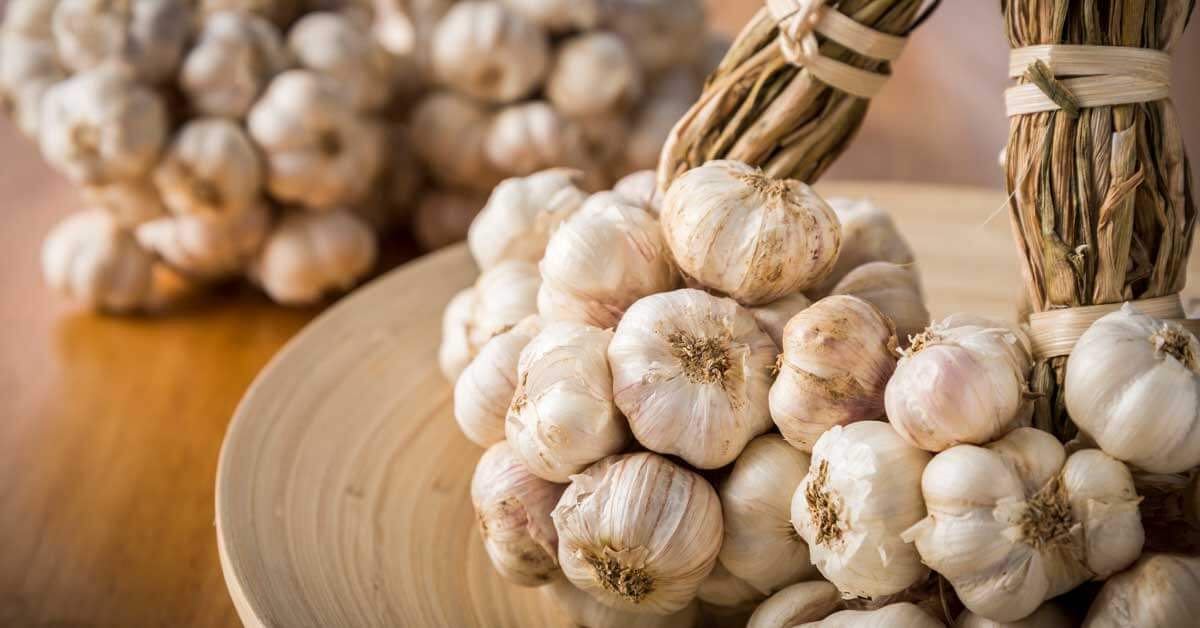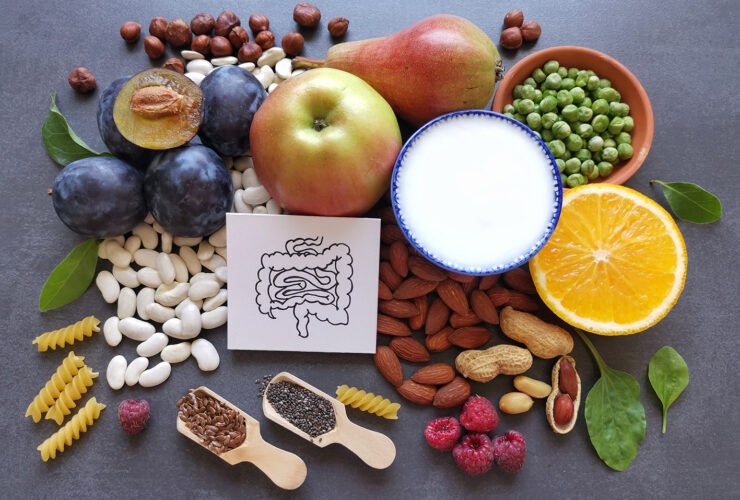Are you looking to grow your garlic? If so, then this guide is for you! Homegrown garlic has many benefits – from its distinct and delicious flavor to the satisfaction of growing it yourself. Here we will cover everything from planting and cultivating your garlic crop, harvesting at the right time, and storing it safely.
So if you’re ready to get started on your journey to becoming a master gardener, let’s dive in!
Best Practices for Planting and Cultivating Garlic

When it comes to planting and cultivating garlic at home, there are a few best practices you should be aware of. First, choose the right type of garlic for your climate.
Different varieties thrive in different climates and soil conditions so be sure to pick one that is suitable for your environment. Second, prepare the soil before planting by adding organic matter such as compost or manure.
This will help ensure good drainage and provide essential nutrients for healthy growth. Third, plant cloves (the individual sections of the bulb) are 4-6 inches apart with the pointed end facing up.
Planting depth varies based on region but typically 1-2 inches deep is sufficient enough to produce good results. Fourth, water regularly during spring and summer months when rainfall isn’t adequate – garlic needs plenty of water during its active growing period! Finally, mulch around plants in late autumn to protect them from winter temperatures and retain moisture levels over wintertime dormancy periods.
Following these steps will help ensure a successful harvest come time for harvesting!
Common Problems with Growing Garlic at Home

Growing garlic at home is a rewarding experience, but it’s important to be aware of the problems that can arise. Common issues include soil deficiencies, pests and diseases, poor drainage, and harvesting challenges. Soil that lacks essential nutrients such as nitrogen or potassium can stunt growth or cause discoloration in the cloves; however, this problem can easily be resolved by adding compost or fertilizer.
Pests like aphids and nematodes may also feed on the bulbs during their development stage; regular monitoring is key to keeping them under control. Good drainage is another key component for successful cultivation as wet soil will lead to rot or mildew in the crop.
Harvesting too early or late could also impact bulb size and flavor: timing should always coincide with when leaves start turning yellowish-brown and softening up.
Conclusion

Cultivating garlic at home can be a rewarding experience, as you can enjoy harvesting your garlic and storing it for use in all kinds of dishes. With the right tools and knowledge, anyone can easily grow their garlic crop.
By planting cloves from an earlier harvest, ensuring proper soil preparation and maintenance, providing good drainage, and collecting them at the right time of year when they are mature enough to store well—you will ensure that your homegrown garlic is both delicious and nutritious. Enjoy cultivating your very own garlic!







